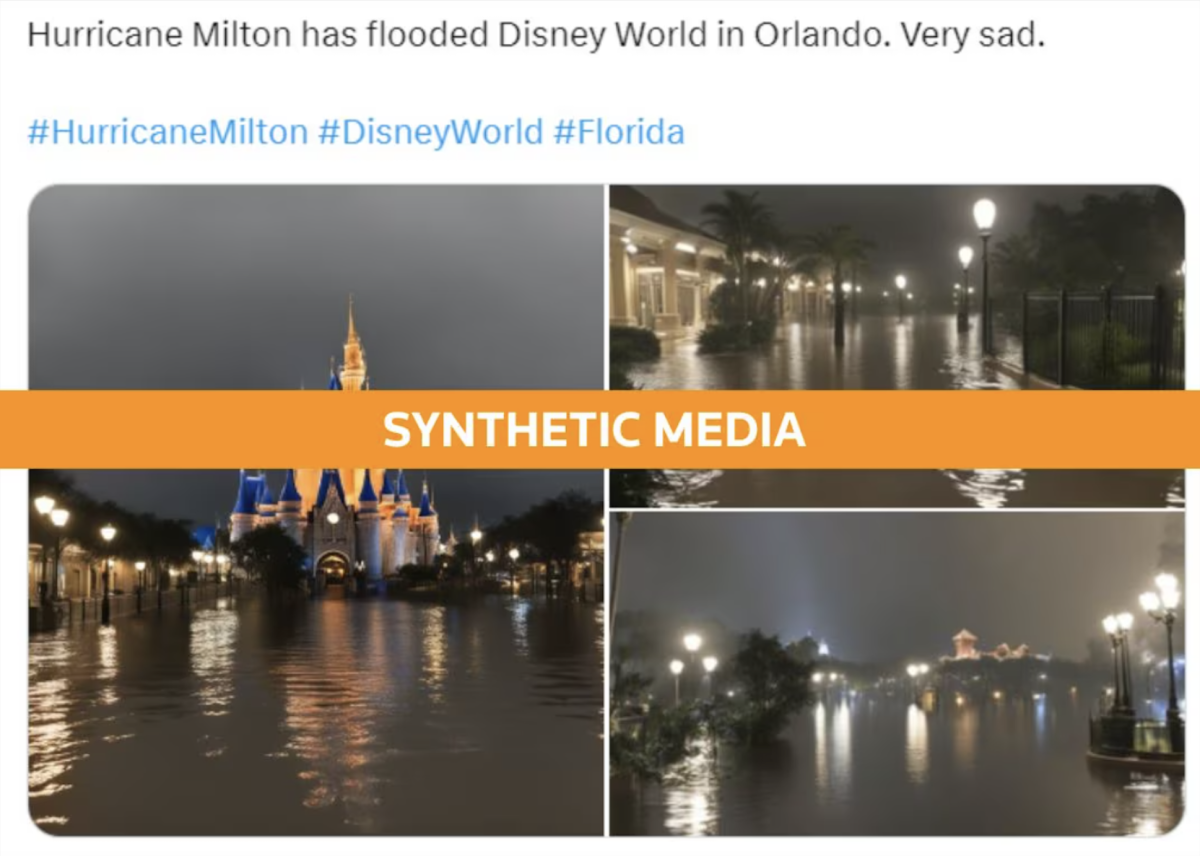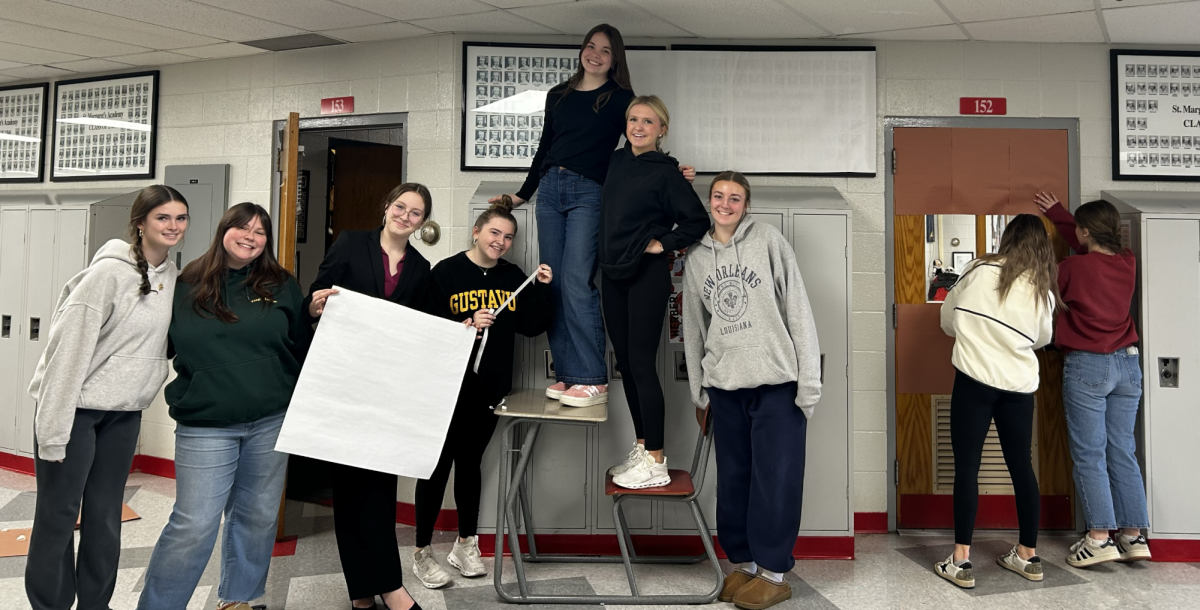Global Energy Crisis Highlights the Need to Go Green
Gas prices in Minnesota have spiked following Russia’s invasion of Ukraine. The price pictured, $3.67 per gallon, is well below the state average.
April 20, 2022
For the past two months, the world has been held captive by news of Russia’s continued invasion of Ukraine. Not only has this war validated concerns about Vladimir Putin’s willingness to use lethal force in pursuit of a deluded sense of global dominance and drawn attention to other armed conflicts throughout the world, it has also showcased unity throughout the international community during times of crisis in the form of economic sanctions and diplomatic boycotts against Russia in an attempt to prove the cost of fighting unsustainable.
Unfortunately, some actions to reduce dependence on Russian assets have had unintended consequences of disastrous proportions. In particular, plans from the United States and European allies to reduce dependence on Russian energy imports has accelerated a significant price spike that is currently affecting consumers throughout the world.
Gas prices in the US, which already rose steadily throughout the COVID-19 pandemic, jumped even higher after Russia’s invasion on February 24. Immediate bottlenecks evolved into greater supply chain disruptions throughout various energy markets that have put the pinch on consumer pocketbooks not only in the US, but throughout the world.
Minnesota has not escaped this. Data from the U.S. Energy Information Administration (EIA) reports that gas prices spiked through March and have only begun to stabilize now, in April. As of April 18, a gallon of gas in Minnesota costs about $3.839 per gallon compared to a peak of $3.945 on March 14th and $4.488 on February 21.
Despite the fact that energy volatility has existed since long before Russia’s invasion, subject to spasmodic ups and downs in line with a variety of factors, the West’s economic response to the crisis in Ukraine has only underscored the necessity of alleviating underlying pressures by ensuring a stable energy supply. The US must take decisive action to secure energy supplies in order to protect consumers and stay resilient in times of crisis.
While the world is being presented with graphic images depicting atrocities against the Ukrainian people, we must simultaneously grapple with another stark reality: the climate crisis keeps getting worse. A recent report published by the Intergovernmental Panel on Climate Change stresses that global efforts to mitigate CO2 emissions are failing and that predictions for the inevitable impacts of climate change keep getting darker. The only solution to the climate crisis is immediate and comprehensive action on a global scale. With this in mind, it becomes equally important to emphasize a transition to renewable energy.
These two necessities – a secure energy supply and transition to renewables – paints the picture for future energy policy in the US. The only way in which we can make progress on either of these goals is to put a national emphasis on expanding green, local energy. Expanding green subsidies, taking on non-renewable monopolies, and working to rebuild energy infrastructure from the ground up are just three of a long list of ways to go about accomplishing these objectives.
Fortunately, Minnesota is uniquely positioned to lead the national charge towards a green, clean, and stable future. Minnesota still acts as a major transporter of fossil fuels throughout the Midwest and beyond but is also shifting renewable energy at a large scale, thus occupying a middle ground between either extreme and pointing to our state as a prime example of how to manage change.
More specifically, the IEA found that renewable energy accounted for a majority of in-state electricity production in 2020 compared to a majority from coal in years prior. Minnesota also ranked top ten in the nation in wind-powered capacity and net generation while simultaneously importing three-tenths of the nation’s crude oil.
These factors clearly establish Minnesota as a leader in transitioning to renewable energy. As a state, we have made significant progress in expanding programs to incentive investment into renewables while managing a deeply established presence in non-renewable markets, and our progress should be appreciated.
However, as the status quo has shown, complacency is never an option. About 45% of Minnesota’s in-state electricity production still comes from coal and natural gas, and over the past decade Minnesota has at times imported up to one-fifth of its total energy expenditure from the regional grid.
Under the premise that national energy security can only be achieved through local self-sufficiency, Minnesota needs to make a lot of progress. But, as a state, we also have the framework to do so which means working to achieve these goals falls on state officials and national legislators.
The message is clear: the next time global energy prices spike, don’t let me say “I told you so”; expand green energy now. Bolster solar incentives, advocate for private investment into renewables, crack down on hidden carbon subsidies, and continue to expand energy production in favor of clean energy.
Ultimately, understand this: transitioning to renewable energy is essential not only for the future of Minnesota, but for the nation. Renewables not only make essential progress on climate mitigation, but in times like these, in stabilizing national security.






















































